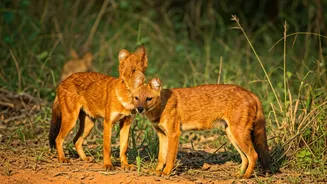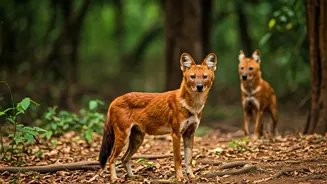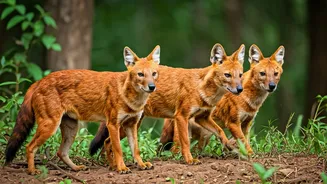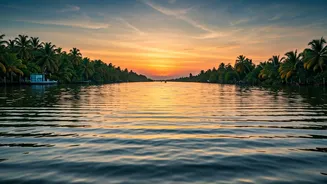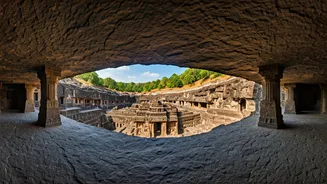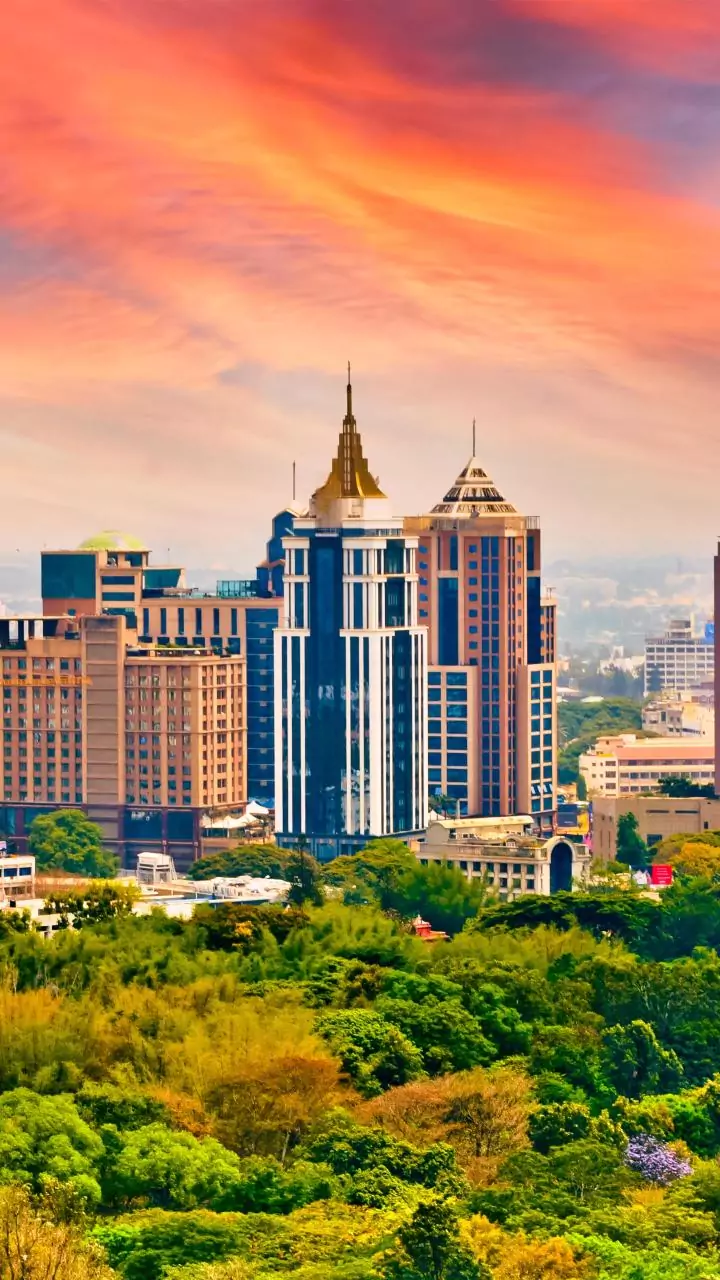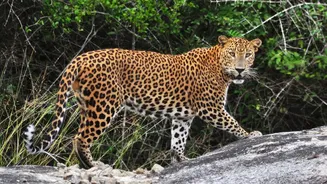Dholes: A Quick Look
Dholes, also called Asiatic wild dogs, are among the most endangered canids in the world. Their conservation status is a major concern. These pack animals
possess a unique social structure and hunting style, which sets them apart. Dholes are known for their reddish-brown coats and distinctive vocalizations. They inhabit a range of habitats, from dense forests to open grasslands. However, their numbers have significantly declined due to habitat loss, prey scarcity, and disease transmission from domestic dogs. Conservation efforts are crucial to ensure the survival of these remarkable animals, with a focus on habitat preservation, reducing human-wildlife conflict, and vaccination programs to protect them from diseases.
Periyar National Park
Nestled in the Western Ghats of Kerala, Periyar National Park is a biodiversity hotspot and a promising place to see the dholes. The park’s diverse terrain, encompassing evergreen forests, grasslands, and a large lake, creates a perfect habitat. The dholes share their home with tigers, elephants, and a variety of other wildlife. While sightings are not guaranteed, the park's lush environment and protection measures boost the chances of seeing these canids. Visitors can engage in eco-tourism activities, contributing to conservation efforts. The presence of a healthy prey base, including sambar deer and wild boar, ensures the dholes have a consistent food supply. The park authorities implement anti-poaching patrols and monitor wildlife populations. The presence of the lake provides opportunities for the animals to drink water and cool themselves during hot weather.
Bandhavgarh National Park
Located in Madhya Pradesh, Bandhavgarh National Park provides another excellent opportunity to witness the dholes in their natural habitat. This park is particularly famous for its high tiger density, but dholes are also present. The park consists primarily of sal forests and grasslands. The rugged terrain and diverse ecosystems provide a safe haven for various wildlife species, including the dholes. The park's management focuses on habitat improvement. The conservation programs include regular surveys to track animal populations, habitat preservation, and measures to minimize human-wildlife conflict. Efforts are made to control invasive species. Tourists are encouraged to follow strict guidelines and avoid any activity that could disturb the animals. The authorities conduct awareness programs to educate visitors about the importance of wildlife conservation and responsible tourism.
Kanha National Park
Kanha National Park, also situated in Madhya Pradesh, is a key habitat for dholes and one of India’s most well-managed national parks. The park’s vast expanse of sal and bamboo forests, interspersed with grassy meadows, creates an ideal environment. The dholes co-exist with a large number of other species, including tigers, leopards, and gaurs, showcasing the area’s rich biodiversity. The park actively undertakes habitat management, including controlled burns to promote grassland growth, crucial for prey species that the dholes hunt. Conservation initiatives include anti-poaching patrols and community outreach programs to build support for wildlife preservation. Eco-tourism activities are strictly regulated. The park's focus on maintaining healthy prey populations directly benefits the dholes by providing them with a steady food supply. This park is known for its biodiversity and a favorable climate, contributing to the healthy ecosystem for dholes.
Nagarahole National Park
Nagarahole National Park, located in Karnataka, is another important sanctuary. The park is characterized by lush forests, hills, and waterways, offering a variety of habitats. Dholes are frequently sighted, making it a great destination for wildlife enthusiasts. The park boasts a robust population of prey species, supporting the canid population. Conservation efforts include protecting the forest areas from encroachment, combating poaching, and reducing human-wildlife conflicts. The park authorities invest in community education and awareness programs to foster support for conservation. The park's well-established tourism sector has a positive effect on the economy by creating jobs and supporting local communities. The dense forests and water sources provide natural shelter and vital resources. The ecosystem's well-being ensures the survival of all its inhabitants, including the dholes.
